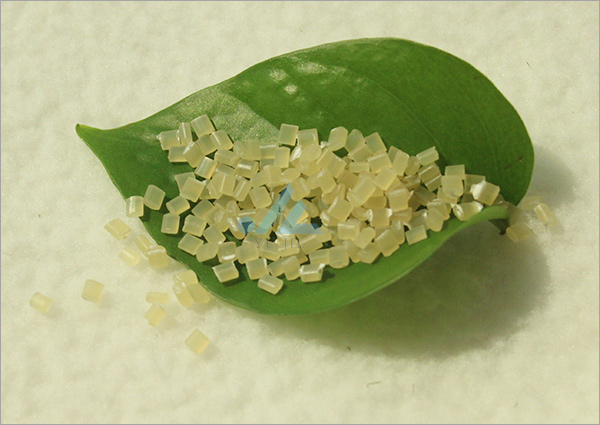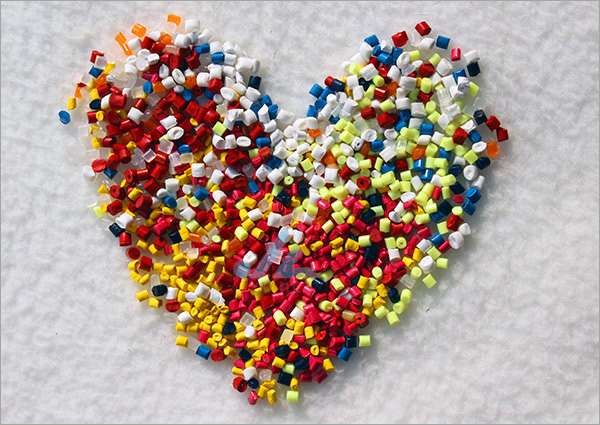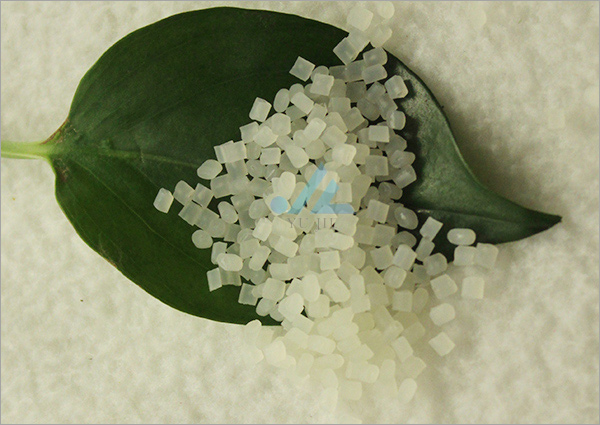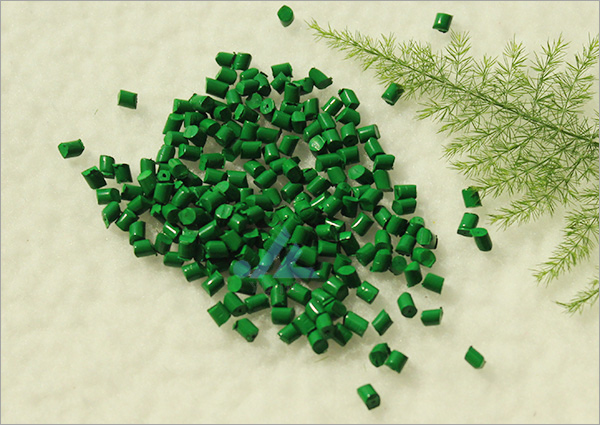- Innovation and upgrading in the textile industry open up new development space!
- The cold of winter has arrived, and static electricity is coming. How can we take precautions in our daily life?
- Jinchun Polymer congratulates the successful convening of the 2025 National Academic, Technical and Trade Information Exchange Conference on Plastic Coloring and Masterbatch!
- Hangzhou Yujie Chemical Co., LTD. Non-woven fabric color masterbatch, welcome to purchase!
- The operation of China's industrial textile industry was generally stable in the first three quarters of 2025!

- Tel: 0086-13957173655
- Email: zpl620504@163.com
- Add: Canghexia No. 36, Tiyuchang Road, Xiacheng District, Hangzhou, Zhejiang, China
As a masterbatch professional manufacturer, how to control the production cost of masterbatch, expanding profit margins, is the most important production work. Typically, for small batches of masterbatches, one-component predispersions are economical to produce, but if the amount required is large, one-component extra costs must be considered in relation to the savings in the production of pure pigments.
one
Color Masterbatch of the traditional mode of production
Most of the color masterbatch mainly by the powdery pigment. The pigments required for a single color are fully blended with the powdered plastic material by dispersion aids such as wax and then dispersed in a twin-screw extruder and evenly distributed in the plastic material.
Note: The effect of dispersion in a laboratory twin-screw extruder is not always consistent with the actual situation on the production line. Therefore, the color values must be checked at the beginning and must be corrected if necessary.
two
Production of single-component color masterbatch
The production of single color masterbatches is accomplished in two steps. The first step is to produce a single component (a masterbatch with a high concentration of masterbatches) and then a masterbatch. The dispersion of the pigment in the plastic material at the highest allowable concentration is referred to as a one-component process. At present, the highest concentration of up to 40-50% of the organic pigment and the highest concentration of 75% of the inorganic pigment can be dispersed by extrusion into the plastic to get a good dispersion effect.
Note: Good dispersion is the pigment particles in plastic is very fine, can get the best possible color penetration capacity, on the other hand, does not allow more than 5 micron pigment agglomeration, so as to avoid the formation of stain.
The color adjustment and sampling of the one-component in the laboratory and the production of the masterbatch are all carried out by a single-screw extruder. Since the pigments have been dispersed, the different single components are only melted and blended in a single screw extruder. The actual transferability of the color values of the raw materials obtained in the laboratory can be ensured in the actual production due to the same quality of dispersion in the laboratory and the actual production.
three
Extrusion of production costs
The cost of extrusion (equipment costs, energy, labor, cleaning agents, waste, etc.) depends on the machine format and size used and the size of the batch.
1
Twin screw extruder
The cost of dispersing organic pigments in plastics in twin-screw extruders is not limited. Parallel to the twin-screw extruder length to diameter ratio of not less than 40, in order to ensure proper input, extrusion screw has several components from the blend function, with this extruder generally produces relatively small amount of organic pigment color masterbatch .
Inorganic pigments have a high density and are easier to disperse, resulting in a much higher yield when produced with twin screw extruders. Therefore, the dispersion cost per unit of the inorganic pigment is lower than that of the organic pigment. Maximum pigment concentration and large machine mass production minimizes dispersion costs for one-component pigments.
2
Single screw extruder granulation
As the single screw machine does not have to be dispersed, may only need to melt and mix, so the structure is much simpler than the twin-screw extruder. People not only prefer to buy, but it also has the following advantages: easy to clean, low production loss, easy to operate, granular raw materials clean, clean, fast mixing.
3
The extruder type is selected according to the order quantity
Small order (less than 1t)
Processing 25 to 1000 kg of small batch of color masterbatch, the general use of smaller machines. In view of the single-screw extruders described above, the advantage of using small extruders (such as screw diameters of 45 mm) to process batches up to 500 kg is most evident. The additional cost of one-component production is compensated relative to powdered pigments. As a result of very fast color change, the masterbatch manufacturer has achieved the ideal flexibility (rapid response unit).
Larger orders (greater than 3t)
If the masterbatch yield exceeds 3 tons, the cost of extrusion with a single screw and twin screw extruder is equivalent. In this case, the most economical method must be based on the formulation. If the inorganic pigments (e.g., TiO2) and the organic pigment compound are to be dispersed in a twin-screw extruder, the organic pigment portion may be added as a single component, so that the inorganic pigment may be distributed. Since the organic pigments do not need to be redispersed, the inorganic pigments can be dispersed at a higher output speed.
Yujie message
We have focused on Masterbatch, Sesha, color oil and dispersion of pigments, we have a professional advanced production lines, high-end equipment, professional team! Its variety, the materials used in accordance with their business needs, Yujie wholeheartedly at your service!
- The cold of winter has arrived, and static electricity is coming. How can we take precauti
- Innovation and upgrading in the textile industry open up new development space!
- Jinchun Polymer congratulates the successful convening of the 2025 National Academic, Tech
- Hangzhou Yujie Chemical Co., LTD. Non-woven fabric color masterbatch, welcome to purchase!
- The operation of China's industrial textile industry was generally stable in the first thr
- Don't let your guard down in autumn sun protection! Ultraviolet rays are still strong. Ple
- The textile industry forges new competitive advantages!
- Yujie non-woven fabric masterbatch speaks with product quality. Welcome to call for consul
- A brief overview of the operation of the industrial textiles Industry from January to Augu
- Hangzhou Yujie nonwoven Fabric color masterbatch, facilitating more nonwoven fabric produc



